Error F16 in a Bosch washing machine
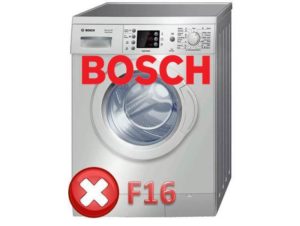 Error F16, which is included in the self-diagnosis system on a Bosch washing machine, is one of the most obvious. Even without any decoding, the user quickly understands what caused it, however, to solve the problem, this knowledge is not enough; you need to know the nature of the breakdown that provoked the F16 code, and most importantly, understand how to fix it. This is what we will talk about in this article.
Error F16, which is included in the self-diagnosis system on a Bosch washing machine, is one of the most obvious. Even without any decoding, the user quickly understands what caused it, however, to solve the problem, this knowledge is not enough; you need to know the nature of the breakdown that provoked the F16 code, and most importantly, understand how to fix it. This is what we will talk about in this article.
Decryption and reasons for the appearance of the code
If an error with the alphanumeric code F16 appears on the display or control panel of your Bosch washing machine, know that The “home assistant” had problems locking the hatch door. In general, you will understand this yourself when you close the hatch, start the washing program, and the machine immediately issues F16.
This error usually appears immediately after selecting a washing program. It is extremely rare that this code appears in the middle or at the end of a wash.
If your Bosch washing machine model has a display, then there are no problems at all. You see the code, quickly decipher it, determine the list of possible faults that gave rise to it and begin to look for a specific breakdown. It's a completely different matter if you have a machine without a display. Another obstacle appears. You must first somehow recognize this error, and only then perform the above actions.

The picture above shows the control panel of a Bosch brand washing machine without a display, which generated error F16. As you can see, the lights on the control panel do not light up, only the LED opposite the number 1000 blinks. In models with slower spins, error F16 can be indicated by a light next to the number 800. What can cause the F16 code to appear?
- The hatch locking device does not work or is de-energized.
- The hatch locking mechanism is faulty.
- Something is preventing you from closing the hatch.
- The wiring is broken or the contacts between the UBL and the control module are burnt.
- The control module is faulty.
Perhaps the reason is UBL?
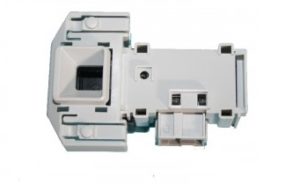 So, without delay, let's start checking the locking device of the washing machine hatch. Turn off the power to the washer to avoid electric shock. Open the hatch door as wide as possible. We inspect the hatch locking mechanism. It is quite possible that the UBL has nothing to do with it, but the locking mechanism, which consists of a special hook and a spring, is to blame. Check whether the spring is intact and whether the locking hook has moved to the side.
So, without delay, let's start checking the locking device of the washing machine hatch. Turn off the power to the washer to avoid electric shock. Open the hatch door as wide as possible. We inspect the hatch locking mechanism. It is quite possible that the UBL has nothing to do with it, but the locking mechanism, which consists of a special hook and a spring, is to blame. Check whether the spring is intact and whether the locking hook has moved to the side.
If everything is in order with the hatch locking mechanism, you need to start checking the UBL. To the left of the hatch there is a small hole with two fasteners on the sides; they need to be unscrewed. Having unscrewed the screws, we tilt the Bosch washing machine a little back, and then, using our fingers, pushing away the hatch cuff, we stick our hand in, groping for the UBL. Next comes the crucial moment, since we need to use our fingers to find the chip with the wires connected to the UBL and carefully disconnect it. If you succeed, feel free to take out the UBL.
If you are unable to disconnect the wiring from the UBL in this position, you will have to remove the cuff or even the front wall of the Bosch machine and only then disconnect the UBL, and this is extra work.
Next, we test the UBL using a multimeter. If the device is faulty, we purchase a new, original one, and then put it in place of the old one, not forgetting to connect the power supply.
Control module and wiring
If the hatch locking device works perfectly, but the washing machine still issues code F16, you need to test the power wiring that goes from the control module to the UBL. To do this, you need to get relatively free access to the UBL wiring, and this can only be done by removing the hatch rubber. About, how to remove the cuff of the washing machine hatch, is described in some detail in the article of the same name; we will not focus on this separately.
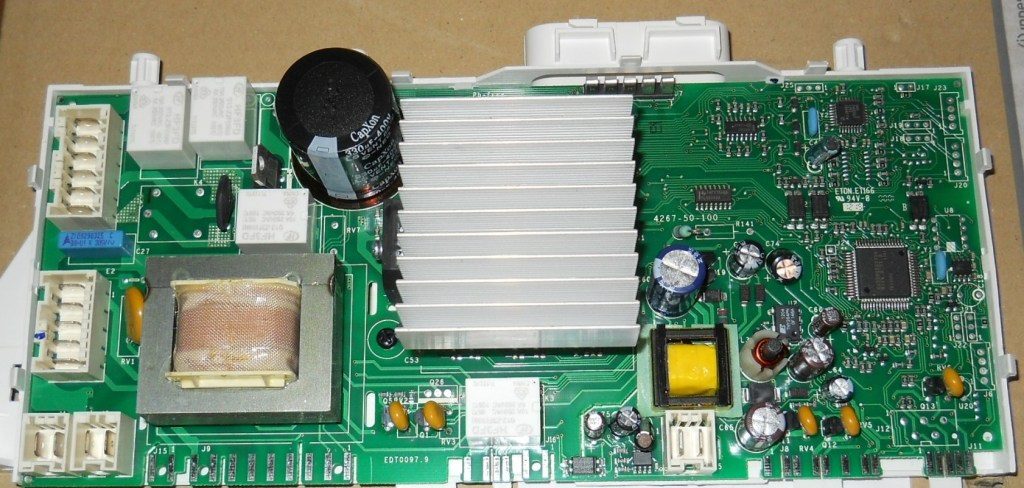
Having gained access to the wiring, we check it for a break. At the same time, you need to test and clean the contacts. If in this case the problem does not manifest itself, most likely the electronic module is to blame for error F16. You should not check and repair the control module yourself if you do not have the appropriate knowledge and qualifications. Entrust this matter to a specialist to avoid additional waste of money and time.
In conclusion, we note that if a washing machine, which has served “faithfully” for many years, suddenly produces an error with code F16, you must immediately begin searching for the problem. The one who called her. How to do this, and how to then repair the washing machine, is described in the publication. Happy renovation!
Interesting:
Reader comments
- Share your opinion - leave a comment



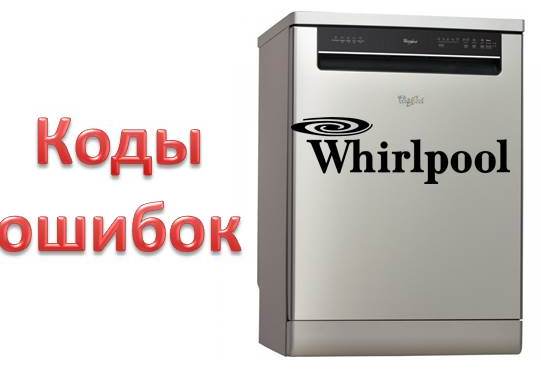

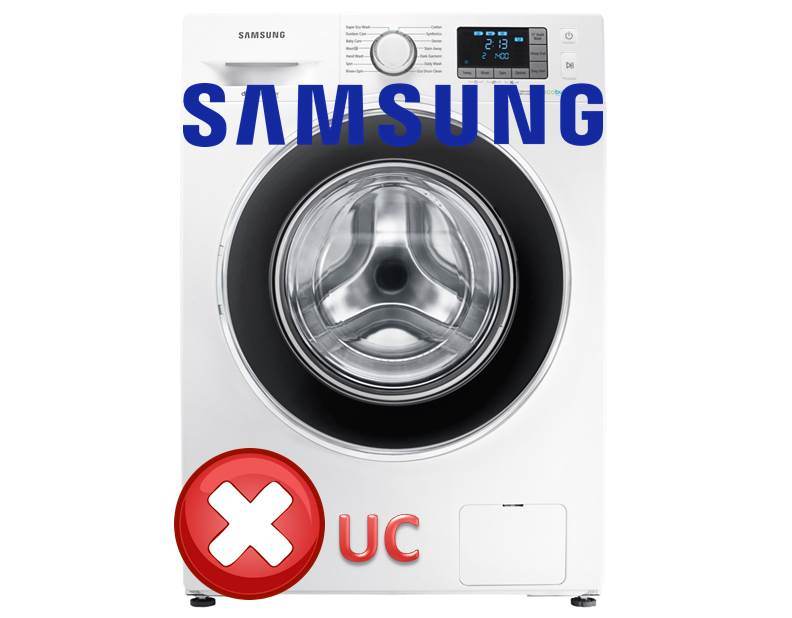
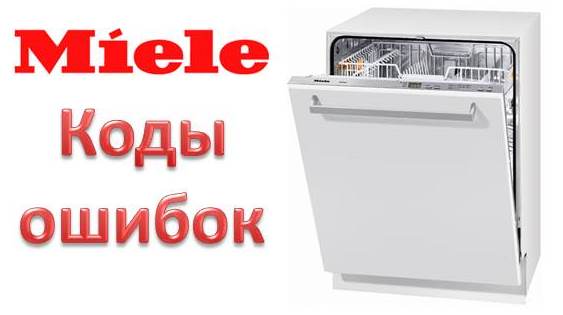














Add a comment